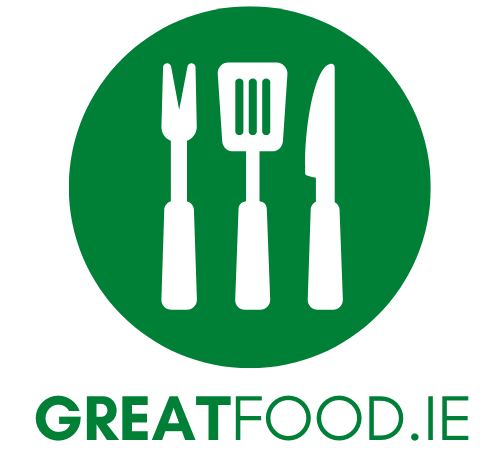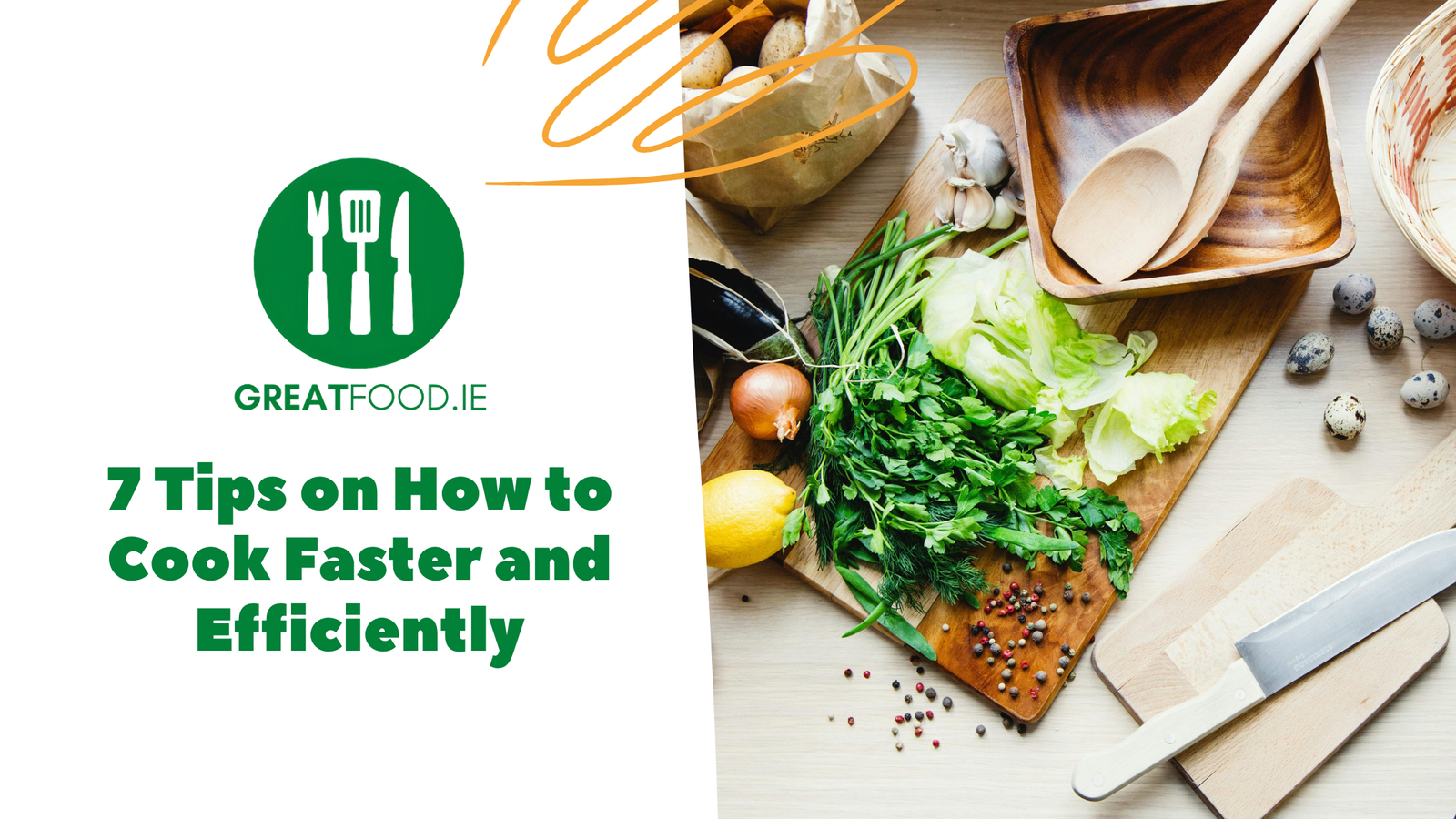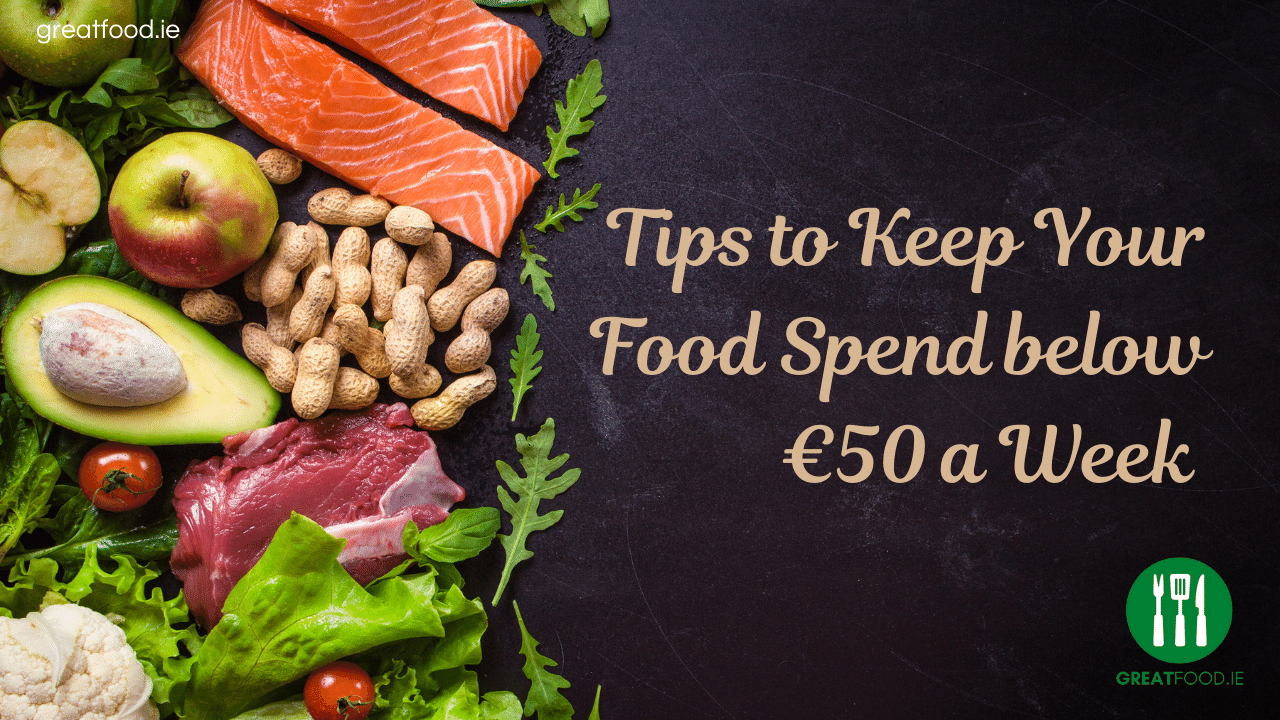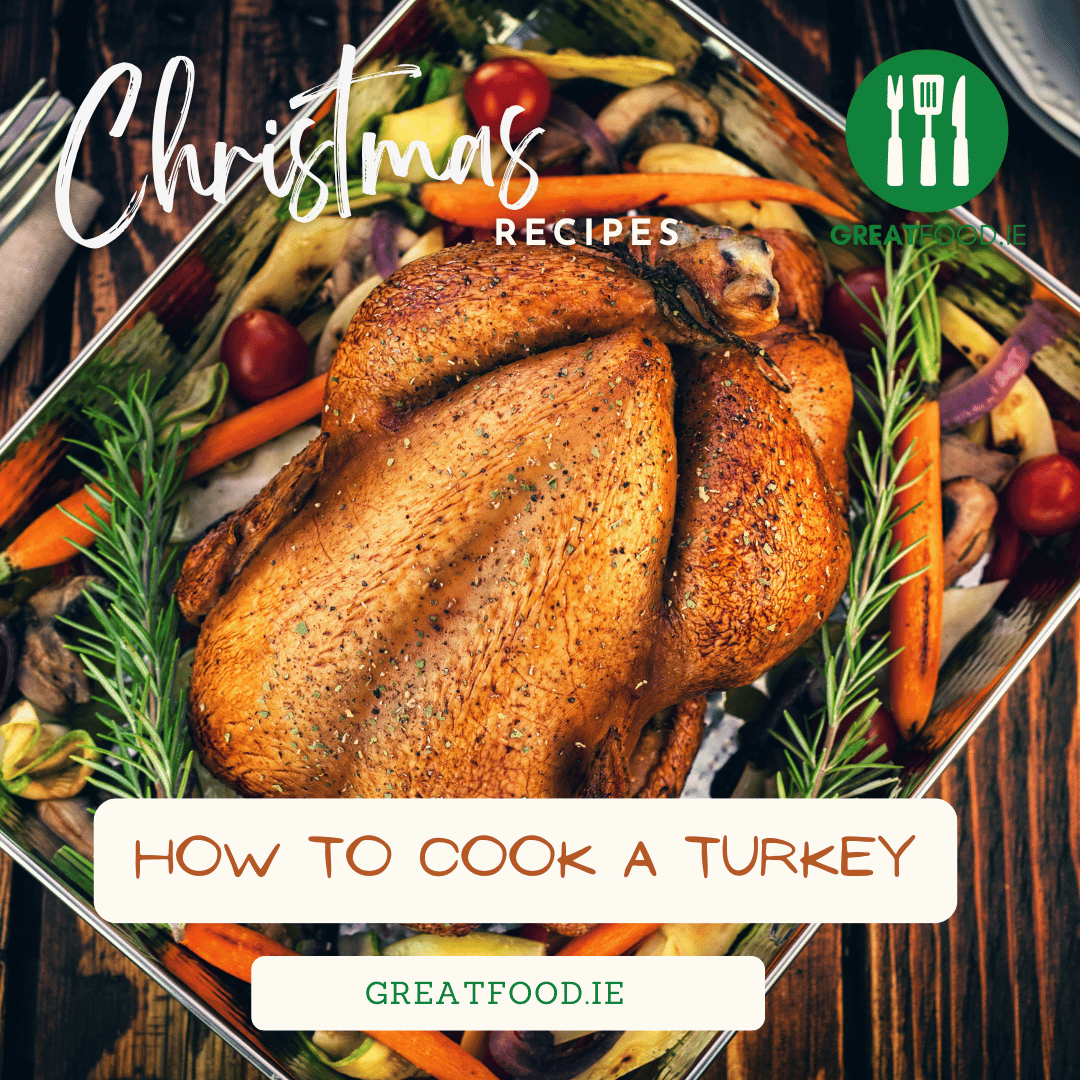Discover how to cook faster and more efficiently with these seven practical tips designed to streamline your kitchen routine. Whether you’re an experienced chef or just starting out, learning how to cook faster can save you precious time without compromising on quality or flavour. From smart planning to clever techniques, these strategies can help UK and Irish home cooks reduce their time at the stove, making meal preparation a breeze. Dive into these tips to optimize your kitchen, enhance your cooking skills, and enjoy more time savoring delicious homemade meals.
How to Cook Faster:
1. Optimize Your Kitchen Workspace
Setting up an efficient kitchen workspace is crucial for faster and more enjoyable cooking. Here are key elements to consider when organizing your kitchen for optimal efficiency:
- Create distinct work zones for prepping, cooking, cleaning, and storage to minimize movement.
- Place frequently used items within easy reach of their respective work zones.
- Designate a food preparation area near the sink and refrigerator for convenient access to ingredients.
- Position the cooking center (stove/oven) with ample counter space on both sides for safety and convenience.
- Locate the cleanup area (sink and dishwasher) close together to streamline post-cooking tasks.
- Use vertical space with wall-mounted racks or shelves to maximize storage.
- Install pull-out shelves and baskets in cabinets to improve accessibility.
- Consider adding a kitchen island or peninsula for extra workspace and storage if space allows.
- Ensure proper lighting in all work areas to enhance visibility and safety.
By thoughtfully arranging your kitchen workspace, you can significantly reduce unnecessary movement and create a more efficient cooking environment.
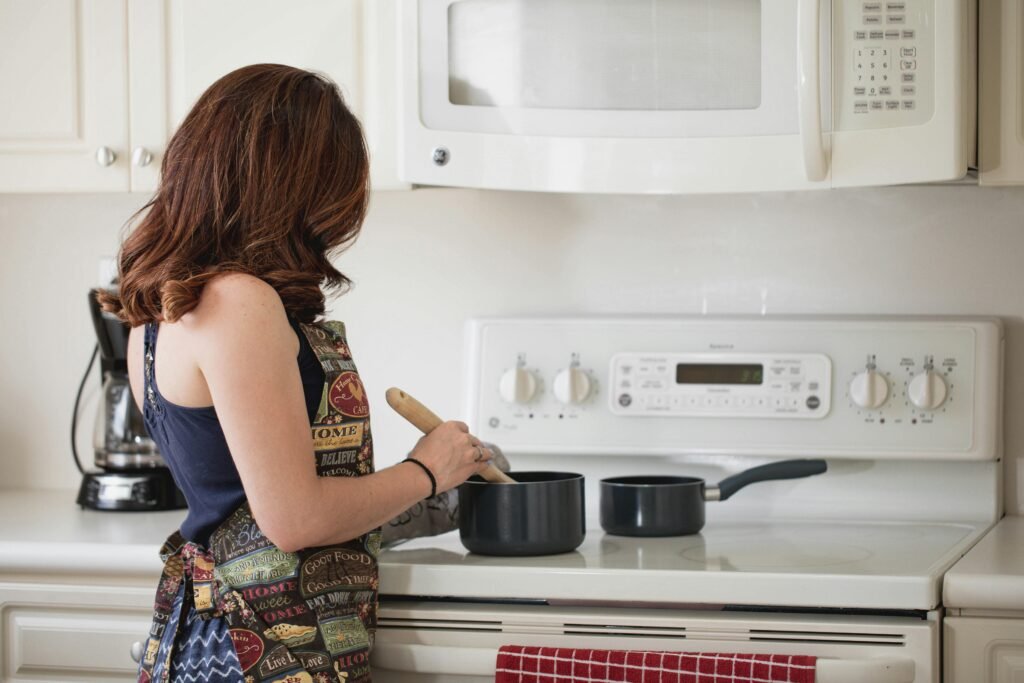
2. Read the Recipe Thoroughly
Reading a recipe thoroughly before beginning to cook is essential for efficient and successful meal preparation. Start by reading the entire recipe at least twice to ensure you fully understand the instructions and requirements. Pay close attention to the ingredient list, noting any items that may need advance preparation or special handling. Check that you have all necessary equipment and ingredients on hand. Look for any steps that can be prepared ahead of time, such as preheating the oven or bringing ingredients to room temperature. Understanding the recipe’s structure and flow allows you to plan your cooking process more effectively, reducing stress and preventing mistakes during preparation. By taking the time to carefully read and comprehend the recipe beforehand, you set yourself up for a smoother, more enjoyable cooking experience.
3. Mise en Place: Prep Ingredients in Advance
Mise en place, French for “everything in its place”, is a crucial technique for efficient cooking. This method involves preparing and organizing all ingredients before starting to cook. Wash, cut, and measure ingredients in advance, placing them in small bowls or containers ready for use. This preparation allows for smoother cooking, reducing stress and preventing mistakes like burning food while searching for items. Mise en place also improves cooking skills by allowing more focus on the actual cooking process rather than multitasking. To implement mise en place effectively, read the recipe thoroughly, gather all necessary tools and ingredients, and organize your workspace. This approach not only saves time during cooking but also enhances the overall cooking experience, making it more enjoyable and less chaotic.
4. Maximize Kitchen Workspace
Creating ample workspace is crucial for efficient cooking. Designate specific areas in your kitchen for different tasks to streamline your workflow. Keep countertops clear of unnecessary items, storing appliances and tools not in immediate use. Utilize vertical space with wall-mounted racks or shelves to free up counter space. Consider installing a kitchen island or peninsula if space allows, providing additional work surface and storage. Organize your cooking area with essentials within easy reach, such as utensils, cutting boards, and frequently used ingredients. By maximizing available space and keeping work areas uncluttered, you can move more freely and work more efficiently, ultimately speeding up your cooking process.
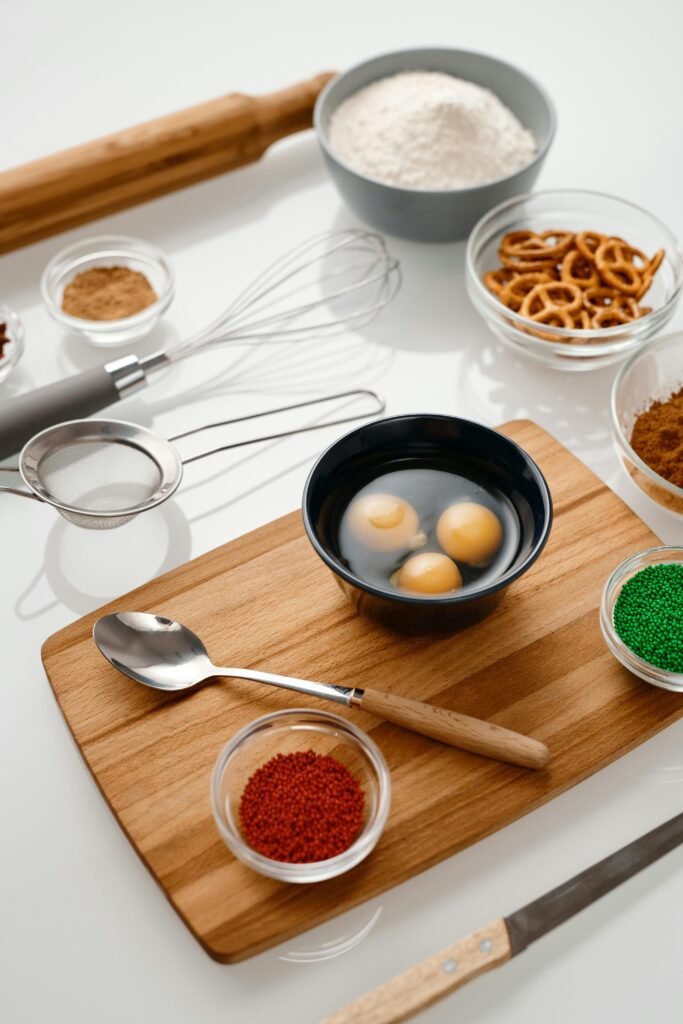
5. Tidy While Cooking
Cleaning as you go is a crucial technique for maintaining an efficient and organized kitchen while cooking. This approach involves tidying up and washing items throughout the cooking process, rather than leaving all the cleaning until the end. Here are key tips for implementing a “clean as you go” strategy:
- Start with an empty dishwasher and clean workspace to set the stage for organized cooking.
- Designate a spot for reusable measuring tools and utensils to reduce clutter.
- Keep plenty of dishtowels handy for quick cleanups.
- Use a dedicated bowl for kitchen scraps and garbage to minimize trips to the trash can.
- Have multiple chopping boards ready to swap out as needed.
- Create a soaking station in the sink for items that can’t go in the dishwasher.
- Keep a cleaning rag with soapy water nearby for wiping surfaces.
- Put away ingredients and tools as soon as you’re finished using them.
- Rinse and load dishes into the dishwasher immediately after use.
By incorporating these practices, you can maintain a cleaner kitchen throughout the cooking process, making the final cleanup much quicker and easier.
6. Multitask During Cooking Downtime
Efficient multitasking during cooking downtime can significantly reduce overall preparation time. While waiting for water to boil or meat to marinate, use this time productively by performing other tasks. For instance, clean vegetables, prepare side dishes, or tidy up the kitchen. Utilize timers to accurately track cooking durations, allowing you to focus on other activities without worrying about overcooking. Batch cooking is another effective strategy, where you prepare foods in bulk for use throughout the week, saving time on future meals. However, it’s crucial to maintain food safety by properly storing prepared items outside the “danger zone” temperature range of 5°C to 60°C. By strategically using downtime and employing techniques like parboiling and batch cooking, you can maximize efficiency in the kitchen without compromising food quality or safety.

7. Utilize Time-Saving Kitchen Gadgets
Equipping your kitchen with time-saving gadgets can significantly streamline your cooking process. A food processor is a versatile tool that can quickly chop, grate, and mix ingredients, saving time on manual preparation. For efficient vegetable preparation, a mandoline slicer can rapidly produce uniform slices, perfect for dishes like potato bakes or salads. A garlic press is invaluable for quickly mincing garlic cloves, releasing more flavor and creating a fine purée that integrates well with other ingredients. Investing in a good quality knife and keeping it sharp is essential for safe and efficient cutting. Other useful gadgets include a microplane for zesting citrus and grating cheese, a vegetable peeler for quick peeling tasks, and a salad spinner for crisp, clean greens. These tools not only save time but also enhance the quality and consistency of your food preparation.
Conclusion
By implementing these tips on how to cook faster, you can streamline your meal preparation, reduce stress in the kitchen, and make cooking more enjoyable and efficient for home cooks in the UK and Ireland. Share your thoughts or any additional tips in the comments below, and don’t forget to subscribe to our newsletter for more valuable cooking insights.
FAQ
Q: What are the best ways to speed up cooking time?
A: Cut ingredients into smaller, uniform pieces, use wider, shallower pans for increased surface area, utilize your microwave for quick cooking and multitasking, prep ingredients in advance (mise en place), and choose quick-cooking methods like stir-frying or grilling.
Q: How can I save time when preparing meals?
A: Plan meals in advance and create a grocery list, pre-wash and chop produce after shopping, learn a few quick “fallback” recipes you can make easily, and use pre-chopped ingredients or frozen vegetables when pressed for time.
Q: What kitchen tools can help me cook faster?
A: Food processor for quick chopping and grating, microwave for rapid cooking and reheating, electric or stovetop grill for quick cooking, and sharp knives for efficient cutting.
Q: How can I multitask effectively while cooking?
A: Start with the longest cooking tasks first, use idle time to prep other ingredients or clean up, and employ a slow cooker for hands-off cooking while you’re at work.
Q: Are there any cooking techniques that save time?
A: One-pot or sheet pan meals reduce cleanup time, batch cooking allows you to prepare multiple meals at once, and using a pressure cooker can significantly reduce cooking times for certain dishes.
Additional Cooking Resources
Here are some additional resources for improving cooking efficiency and sustainability in the UK and Ireland:
• Carbon Trust: Energy-efficient cooking advice for commercial kitchens
• Fáilte Ireland: Climate Action Roadmaps for hospitality businesses
• Green Hospitality Programme: Sustainable practices for the hospitality sector
• Origin Green: Sustainable practices for the food sector
• Sustainable Energy Authority of Ireland (SEAI): Energy-saving initiatives for businesses
• Codema: Efficient cooking and baking tips for home cooksThese resources offer valuable information on energy efficiency, sustainability practices, and cost-saving measures for both commercial and home kitchens in the UK and Ireland
